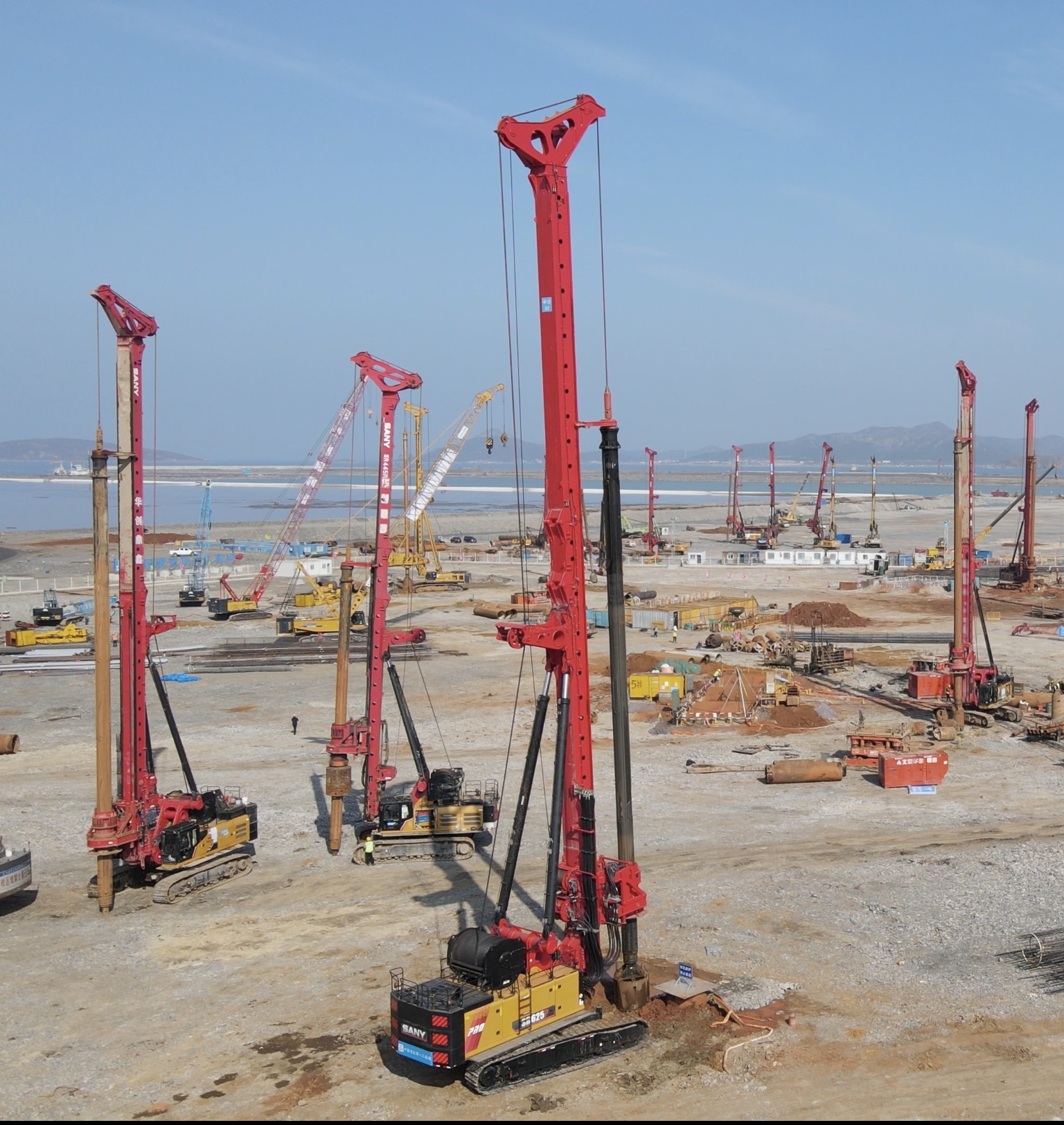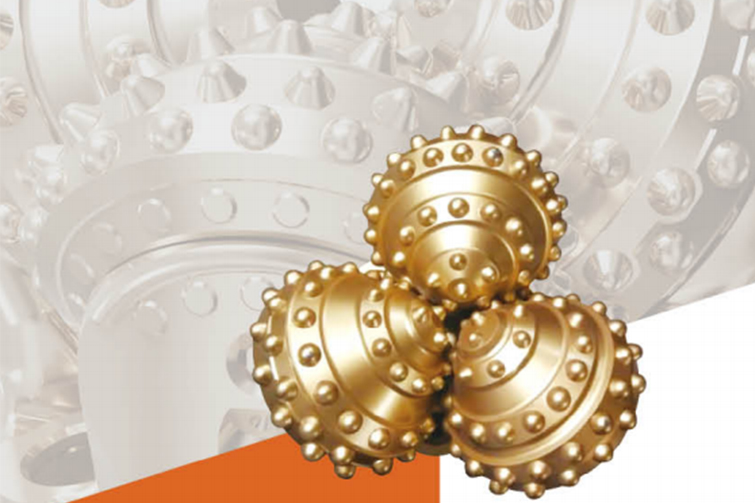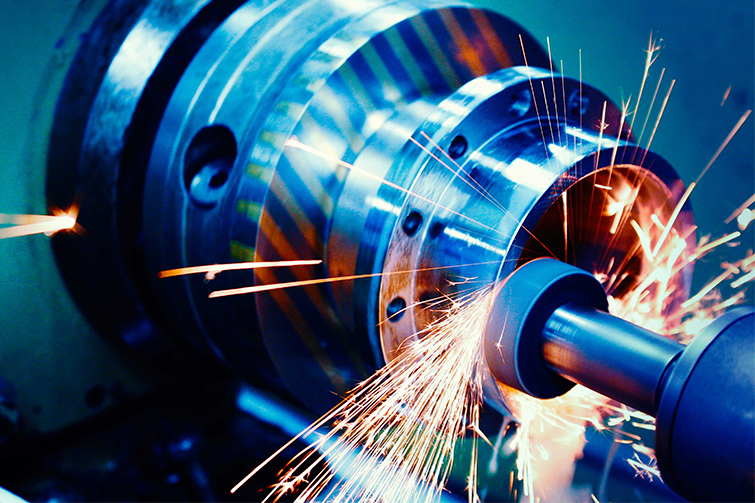

Advancements and Applications of Crawler-Type Hydraulic Pile Hammers in Modern Construction

Introduction to Crawler-Type Hydraulic Pile Hammers
Crawler-type hydraulic pile hammers are specialized equipment used in construction for driving piles into the ground, essential for building foundations in projects like bridges, skyscrapers, and offshore structures. Unlike traditional diesel hammers, these devices utilize hydraulic systems to deliver controlled impact forces, reducing noise and vibration while improving accuracy. Their crawler undercarriage allows for easy mobility on rough terrain, making them ideal for diverse job sites. In recent years, advancements in hydraulic technology have enhanced their performance, leading to widespread adoption in both urban and remote areas. This section sets the stage for a deeper dive into their technical specifications and real-world applications.
Technical Mechanisms and Design Features
The core of a crawler-type hydraulic pile hammer lies in its hydraulic system, which consists of a pump, cylinders, and valves that regulate fluid pressure to generate impact energy. Typically, these hammers operate at pressures ranging from 200 to 350 bar, delivering blows with energies between 20,000 to 100,000 joules, depending on the model. Key components include the hammer assembly, which houses the piston and anvil, and the crawler tracks that provide stability and mobility. For instance, in a standard model like the Liebherr HS 895, the impact rate can reach up to 60 blows per minute, with a maximum pile diameter capacity of 2.5 meters. The integration of electronic control systems allows for precise adjustment of blow frequency and force, minimizing pile damage and ensuring uniform penetration. Additionally, noise levels are often kept below 75 decibels, complying with environmental regulations in urban settings. These technical details highlight the hammer's ability to handle various soil conditions, from soft clay to hard rock, by adapting impact parameters in real-time.
Operational Advantages and Efficiency
From an operational perspective, crawler-type hydraulic pile hammers offer significant benefits over conventional methods. Their high energy efficiency translates to faster pile driving cycles, reducing project timelines by up to 30% in many cases. For example, in a highway construction project, using these hammers can complete foundation work in weeks instead of months, thanks to their rapid setup and minimal downtime. The crawler design enables movement without additional cranes, cutting labor costs and enhancing safety by reducing manual handling. Moreover, the hydraulic system's reliability means fewer breakdowns, with maintenance intervals typically every 500 operating hours. This efficiency not only speeds up construction but also lowers fuel consumption, as hydraulic systems are more energy-dense than diesel alternatives. In practice, contractors report savings of 15-20% on overall foundation costs when switching to these advanced hammers, making them a preferred choice for large-scale infrastructure projects.
Economic and Commercial Value
The commercial value of crawler-type hydraulic pile hammers extends beyond operational savings to broader economic impacts. By accelerating construction schedules, these tools help developers meet tight deadlines, reducing financing costs and enabling earlier revenue generation from completed projects. In the real estate sector, for instance, faster foundation work can lead to quicker building occupancy, boosting cash flow. The initial investment in such equipment, which ranges from $200,000 to $500,000 depending on specifications, is often offset by long-term returns through increased project bids and reduced reliance on subcontractors. Furthermore, their environmental compliance opens doors to projects in noise-sensitive areas, expanding market opportunities. A case study from a port development in Europe showed that using crawler-type hammers reduced overall project costs by 25% while improving community relations through lower emissions. This economic advantage makes them a strategic asset for construction firms aiming to enhance competitiveness and sustainability.
Common Questions
What are the main maintenance requirements for crawler-type hydraulic pile hammers?
Regular maintenance includes checking hydraulic fluid levels, inspecting hoses for leaks, and servicing the crawler tracks every 500 hours. It's crucial to use high-quality fluids to prevent system corrosion and ensure optimal performance.
How do these hammers compare to vibratory pile drivers in terms of efficiency?
While vibratory drivers are faster in sandy soils, crawler-type hydraulic hammers excel in varied conditions, offering better control and less noise. They are generally more versatile but may have higher initial costs.
Can crawler-type hydraulic pile hammers be used in environmentally sensitive areas?
Yes, their low noise and vibration levels make them suitable for urban or protected zones, but always check local regulations and consider additional silencers if needed.








